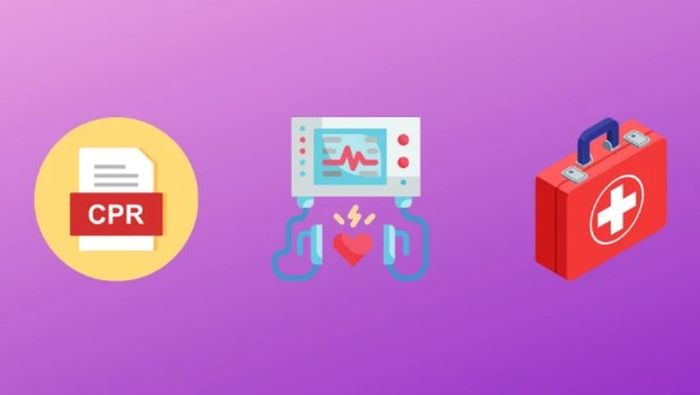Most people know that first aid and CPR (Cardiopulmonary Resuscitation) are medical emergency procedures that can save a person’s life. Few people, however, understand the differences between first aid and cardiopulmonary resuscitation. You may be looking to understand the critical differences between the two should you join a school and earn a certificate in emergency healthcare.
Generally, first aid is a broad subject that touches on various emergency procedures to administer to injured individuals, including CPR. On the other hand, cardiopulmonary resuscitation deals with cardiac arrest, part of first-aid procedures. Read more to learn the differences between first aid and cardiopulmonary resuscitation.
CPR and First Aid Have Different Purposes
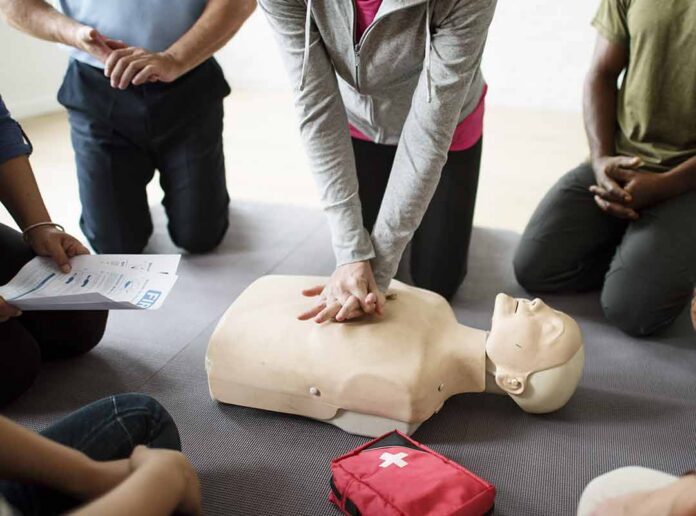
CPR administration happens to cardiac arrest victims who are unconscious and don’t have a pulse. It is a first-aid procedure that focuses on keeping the blood circulating in cardiac arrest victims. It can be administered in the field as well as in the hospital.
First aid is a broad subject that focuses on offering immediate help to a victim or patient after an injury. It is mainly performed in the field to decrease the effects of an injury before a victim can receive professional care. The classes focus on medical emergencies such as fractured bones, cardiopulmonary resuscitation, nose bleeding, burns, and other injuries.
The Severity of the Patient or Victim’s Condition
A CPR recipient is usually unconscious, without a pulse, and a cardiac arrest victim. CPR recipients can’t perform it on themselves because they are considered legally dead. It can help resuscitate a cardiac arrest victim if administered on time.
Every minute of performing cardiopulmonary resuscitation can save a life because cardiac arrest is a critical condition. An exam follows successful CPR efforts by a medical expert to assess the health condition of the patient or victim.
Some first aid procedures are easy to administer to yourself, like dressing for minor cuts or burns. Not all first aid recipients have a critical condition. Also, recipients don’t need to see a medical expert unless they have a significant injury or a significant condition.
First aid applies to critical scenarios as you wait for professional medical assistance, but most situations that require first aid involve minor injuries and diseases.
CPR Uses Specific Procedures
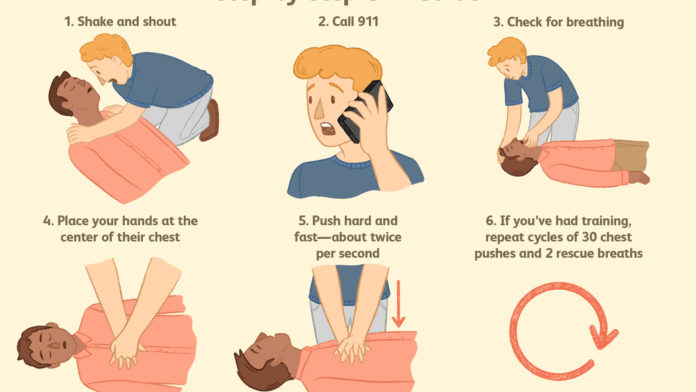
The procedures for administering cardiopulmonary resuscitation are the same globally. You can learn how to administer CPR from reputable institutions like MyCPR NOW and become a certified cardiopulmonary resuscitation expert. You have to follow the exact procedure for the best results, it will be helpful for you.
Cardiopulmonary resuscitation procedures ensure that emergency responders use the right skills and equipment to revive a patient. Moreover, the procedures ensure that a victim doesn’t incur more injuries. Therefore, it’s essential to ensure the CPR administrator is someone who has the proper training.
Emergency assistance procedures vary depending on the injury and situation of the victim. Most injuries have multiple methods which are available when administering them. Most injuries have numerous procedures because the victim may have to use improvised materials to do emergency care.
CPR and First Aid Have Different Objectives
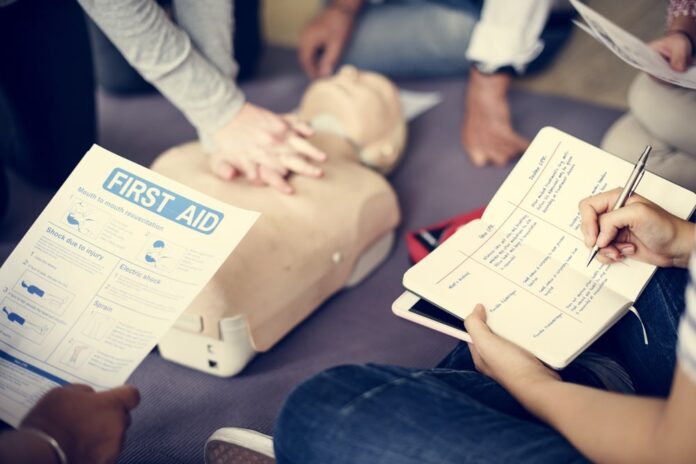
The objective of CPR is to keep the victim’s blood circulating and provide a fresh oxygen supply. Cardiac arrest victims don’t have a heartbeat, and they cannot breathe independently. The act of cardiopulmonary resuscitation pumps blood throughout the body and provides oxygen to the victim until medical experts arrive on the site.
Cardiopulmonary resuscitation activities include gentle chest compressions, mouth-to-mouth administrations, and checking the victim’s pulse, among other things. It requires intense focus with the hopes of reviving a victim or keeping them alive until professional health arrives.
First aid aims to relieve pain, stop bleeding, reduce suffering, or prevent the loss of life before medical assistance arrives at the scene. For example, you can perform first aid to a burn victim to alleviate the pain before taking the victim to the hospital. The procedures prevent injuries from getting worse before seeking professional attention.
Training Differences
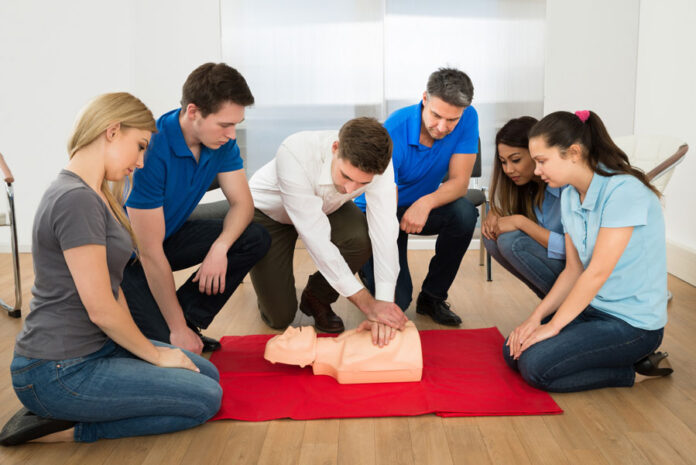
CPR certification training takes a few hours, while first aid training can take a few days before you are eligible for a certificate. Moreover, CPR training focuses on identifying victims who qualify for the procedure, doing chest compressions, taking the victim’s pulse, and artificial ventilation. You can master CPR resuscitation techniques in a matter of hours.
Training is a comprehensive course that focuses on many injuries and diseases. Students have to learn various procedures of doing emergency medical aid to injuries and illnesses. Reputable institutions offer a CPR and first aid bundle course. However, you can opt to do a course that focuses on CPR or first aid, depending on your objectives.
Overall, accredited institutions offer cardiopulmonary resuscitation and first aid courses that use the best techniques to train emergency responders.
Why Is It Essential to Know the Differences?
A first responder should be able to identify the proper medical procedure to administer to save a victim’s life before seeking further medical assistance. Also, knowledge of CPR and first aid procedures can help emergency responders save lives. The training equips emergency responders with techniques to handle various emergency medical conditions in the field.
Cardiopulmonary resuscitation and first aid courses are affordable, and you can book them online if you want a certificate. However, the impacts of the skills you learn from training can save one or more lives in the future. Therefore, it is worth investing in a course if you are a first responder in case of emergencies.
Get professional training today

Cardiopulmonary resuscitation and first aid are not the same things, and understanding the difference can help save lives in emergencies. Also, it would be best if you underwent both first aid and cardiopulmonary resuscitation training from a recognized institution with years of training experience. Moreover, the training can improve the performance of emergency responders during medical emergencies.
You should look for an institute which has expert trainers who are willing to share their skills with their students. The courses are easy to understand and implement, even for people without a background in medicine.
